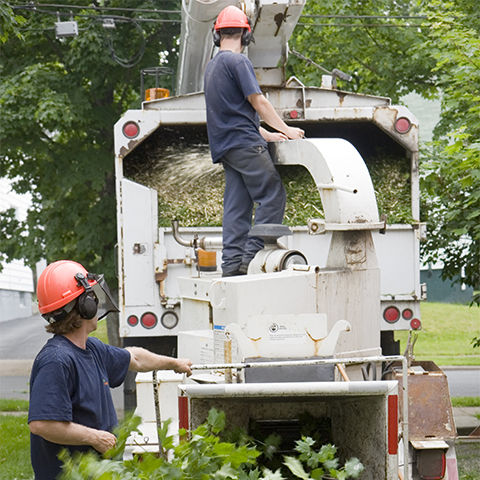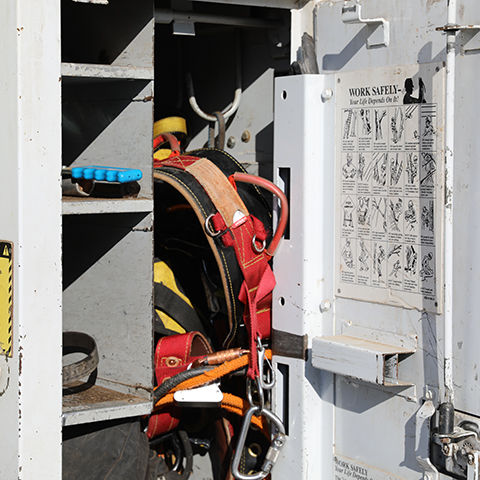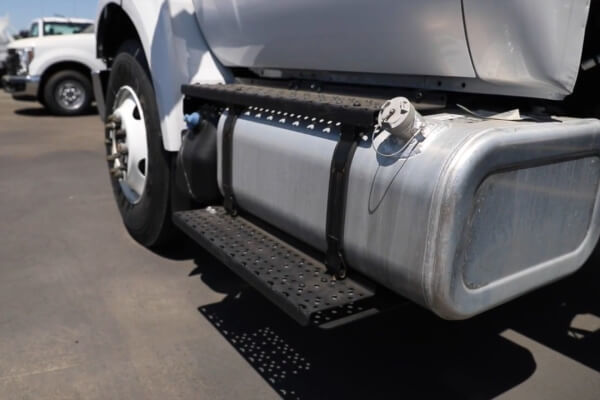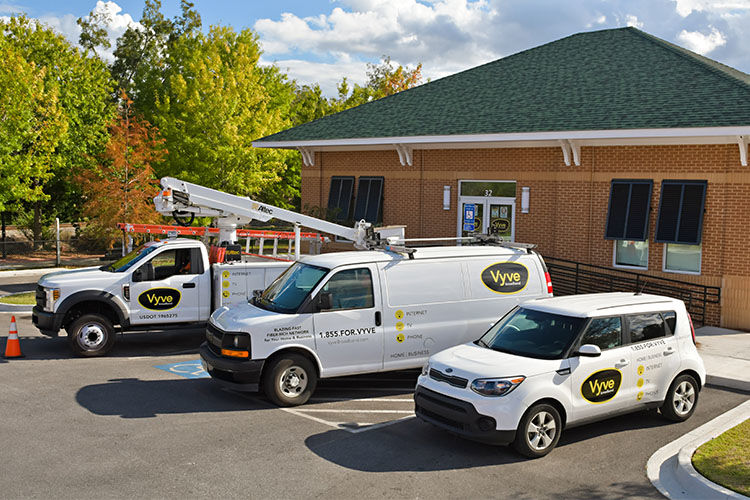4 Features to Consider when Choosing Tree Service Work Trucks


4 Features to Consider when Choosing Tree Service Work Trucks
You want the work truck you purchase for your arborist or tree trimming business to make your work more efficient and empower your operation while doing so. This guide walks you through the importance of payload, towing, storage, and fuel efficiency to ensure you have the insight you need to find the work truck that is the best fit for your arborist business.
Towing Capacity
Towing capacity is the maximum amount of weight your arborist truck can safely tow while pulling a trailer. Taking a careful account of the tree trimming equipment you plan on towing pays off when planning your arborist work truck purchase. When considering a work truck that can handle your towing requirements, it is important to identify what equipment you’ll be towing, the type of trailer and the hitch required. You will also want to factor in how much the additional weight impacts your Gross Vehicle Weight Rating (GVWR).
Major manufacturers post detailed towing information on their websites and towing capacity will range greatly depending on the class of the work truck. Ford F550 trucks can tow up to 37,000 lbs. and Ram 5500 trucks can tow up to 35,000 lbs.
Payload Capacity
Payload is the amount of weight your work truck can carry including passengers and cargo. It’s important to consider payload capacity in your arborist work truck search. Tree trimming equipment, passengers and chipped materials impact payload capacity and it’s vital to know what will, and what won’t, support your needs.
To find the payload capacity of a truck you need to find the GVWR, for example, the GVWR for a GMC Sierra 2500 is 9500 lbs., and subtract the weight of the truck.
Storage Capabilities
Forestry trucks with maximized storage capabilities are essential to your tree trimming business.
Storing your gear in an organized manner aims to keep your operation’s duty cycle quick and your profits consistent. By ensuring that all of your tree trimming equipment remains in a designated location or compartment, you effectively eliminate wasted time searching for tools, and always have your gear available when you need it. 
Consider Knapheide’s Standard Forestry body. This upfit provides storage for a breadth of tree trimming equipment in addition to chipped materials. Multiple side compartments can easily maintain the necessary separation of your cutting equipment and your climbing equipment. Perhaps the most useful storage accessory on this upfit is the body-length compartment for your longer tools like pruning poles and saw extensions. This compartment sits right inside the chipper body bed and acts as the final piece of a storage puzzle. All tools in the right place whenever you need them.
Fuel Type
Gasoline and diesel engines provide both fuel efficiency and power for tree trimming work trucks. Gasoline is often less expensive than diesel and provides fuel efficiency. Gasoline is a good option for light-duty tree trimming work trucks.
On the other hand, diesel provides a level of power and fuel efficiency unfound in gasoline work trucks. Featuring a higher power output, a diesel engine will provide greater towing capacity, alongside a longer useful life of the engine. That said, diesel engines can come with more costly repairs compared to gasoline alternatives.
Featuring a higher power output, a diesel engine will provide greater towing capacity, alongside a longer useful life of the engine. That said, diesel engines can come with more costly repairs compared to gasoline alternatives.
Flex-fuel work trucks are a popular choice due to the flexibility of fuel choices and the potential for increased performance and savings over conventional gas from using E85 fuel.
Published on: February 08, 2019 Forestry & Tree Service Trucks Guide
Forestry & Tree Service Trucks Guide The Top 5 Benefits of Vehicle Wraps for Advertising Your Business
The Top 5 Benefits of Vehicle Wraps for Advertising Your Business Work Truck Solutions Commercial Vehicle Business Summit: Alternative Fuels, EVs and When to Pass the Baton to the New Generation of Commercial Vehicles.
Work Truck Solutions Commercial Vehicle Business Summit: Alternative Fuels, EVs and When to Pass the Baton to the New Generation of Commercial Vehicles. 3 Upfitting Trends That Focus on Long Term Success
3 Upfitting Trends That Focus on Long Term Success Truck and Van EV Companies to Watch for in 2022
Truck and Van EV Companies to Watch for in 2022







